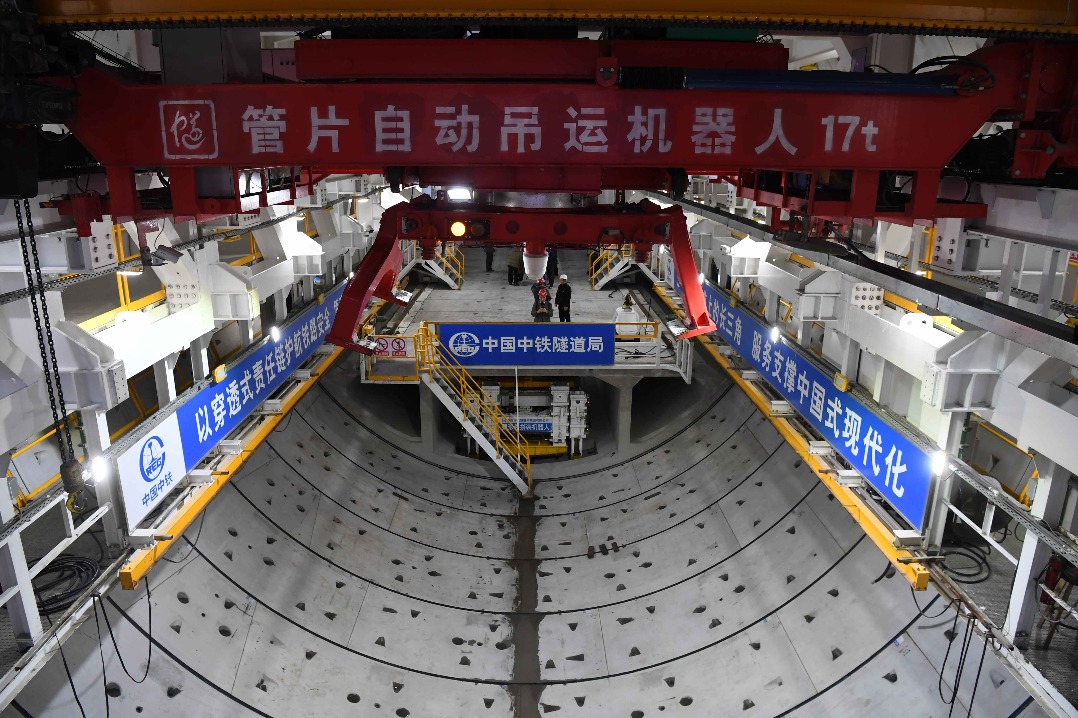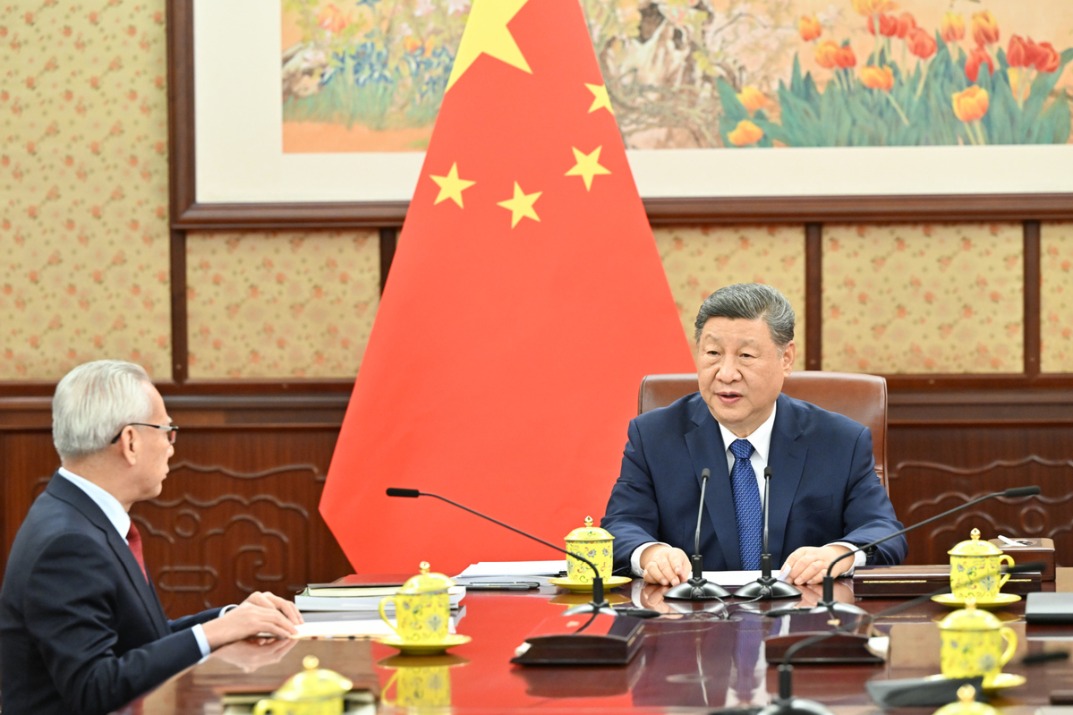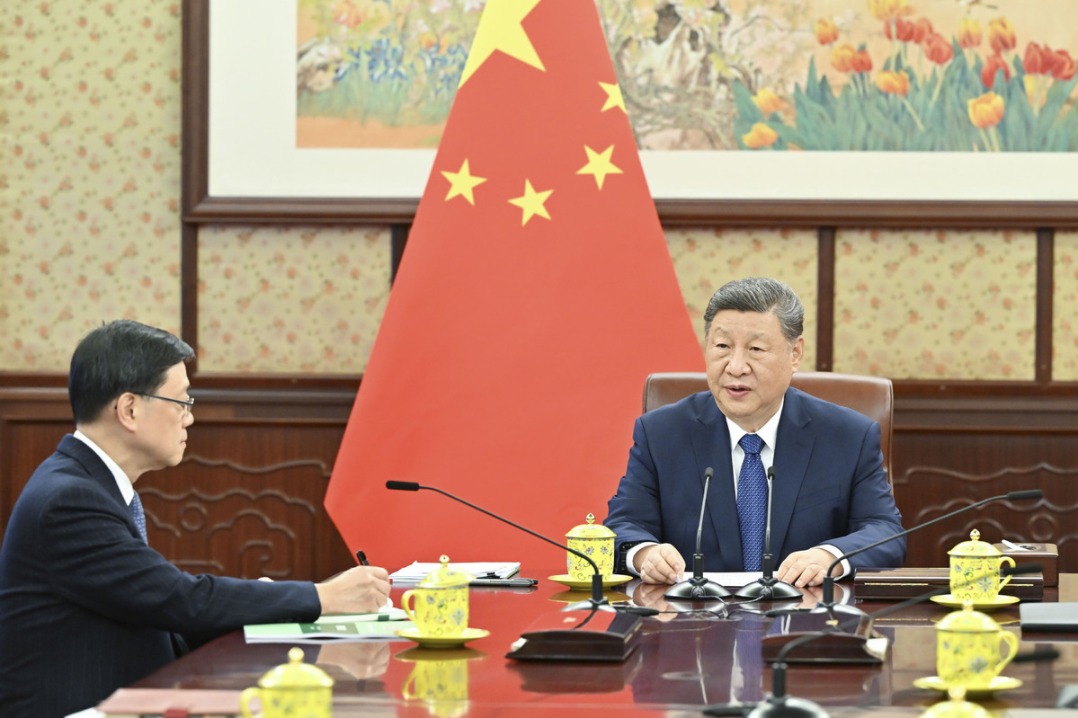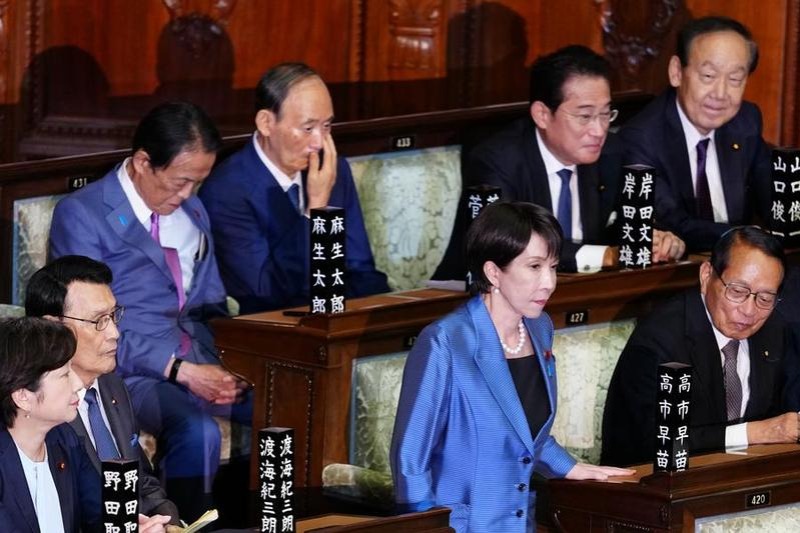Deepening reform best response to trade war


The trade war ignited by the United States poses a major risk to China's external development, which will have greater indirect and multilateral impacts in the medium and long term.
To render the US trade war ineffective, China has to deepen reform and opening-up so as to release the huge domestic demand potential, which in turn would help its economic transformation and upgrading. After that, it should make full use of the economic transformation and upgrading to consolidate its unique development advantages.
The upgrading of China's consumption structure is proceeding smoothly, and the proportion of service-related consumption in urban areas is expected to increase from about 45 percent today to about 50 percent-totaling about 50 trillion yuan ($7.83 trillion)-by 2020.
From a global perspective, the massive increase in domestic demand is China's unique middle-and long-term advantage which, if unleashed, will help China to achieve sustainable growth in the long run and, more importantly, enhance its capability to better respond to the US trade war.
Preliminary estimates show that if administrative and market monopolies in the service sector are gradually dismantled, the annual growth rate of the sector's value added will remain around 9 percent, which will likely push up China's economic growth by 3.8 to 4.3 percentage points a year.
This, together with the multiple effects of the upgrading of urbanization and consumption structure, is expected to help China maintain an economic growth rate of about 6 percent during the next 10 years and 5 percent in the 15 years that follow.
Unleashing demand to protect interests
By virtue of such an enormous domestic demand, China can better respond to the US trade war. If the US imposes higher tariffs on more Chinese imports, China can adopt a differentiated response tactic. On the one hand, China could take calculative countermeasures against US protectionism and unilateralism to safeguard its own interests. On the other, it could take the initiative to substantially lower import tariffs on non-US products and further open up the market to non-US capital. Such differentiated measures will make the US realize that its enterprises may lose China's booming market.
The Chinese authorities should also make efforts to reduce the tax burden on enterprises to inject vitality into some sectors of the real economy. The economic problems facing China today are mainly in the real economy. And the US trade war has made it all the more important for China to make special efforts to revitalize its real economy as a key step toward promoting long-term development.
In fact, the central government has repeatedly vowed to lower the tax burden on enterprises and even introduced a series of measures. But many enterprises still hope their corporate tax burden would be eased based on their actual tax burden in the previous years, rather than by just lowering of the nominal tax rate. Otherwise, the enterprises cannot enjoy the actual benefits of the tax cuts.
In the first half of this year, the tax revenue growth rate was higher than the GDP and corporate profit growth rates. Which means there is room for tax cuts.
Also, China should pay greater attention to intellectual property rights dispute cases so as to meet the expectations of private enterprises, and expedite the process to establish institutional and legal norms to better protect the intellectual property rights of entrepreneurs and individuals.
And to expedite the consumption structure upgrading, China should adjust and optimize State capital allocation, in order to unleash the huge domestic demand potential, which in turn would help develop mixed ownerships, and hasten the withdrawal of State capital from zombie enterprises, sunset industries and inefficient production areas and shift it to emerging industries of strategic importance and public welfare sectors.
There is also a need for China to improve the returns on State capital investment and help develop more nongovernmental mixed ownerships in competitive areas to build a governance structure conducive to stimulating entrepreneurship and developing innovative enterprises.
Deepen supply-side reform in service sector
China should also deepen supply-side structural reform in the service sector and further open up the sector to attract more capital and improve the supply of services. The authorities should break down administrative and market monopolies in the sector and open it up in an all-round way.
The comprehensive opening up of the service market should be considered a major task to effectively check the decline of private investment and build a service market system nationwide that is marked by orderly competition. Also, the formation of a new, market-based pricing mechanism in the sector should be accelerated.
Service trade should be further opened up to develop a new, all-round opening-up pattern, which can effectively boost service-oriented consumption and help the world to see China as a consumption-and service-oriented market, rather than as the "factory of the world", which, to some extent, could ease the strained economic and trade ties with some countries.
For China, this means setting a strategic goal, the goal of becoming a service trade power. China should also increase the import of quality products and services such as medicines to meet its rising consumption demands. For example, it should increase the import of medicines, and services such as elderly care, and remove the unreasonable restrictions on the import of some other services to better meet people's demand for service-related consumption. China needs to update-and shorten-its negative list for trade in services, too, and expedite the implementation of "post-establishment national treatment" to create a fair environment for all market players.
And while advancing the Belt and Road Initiative, China should focus on capacity cooperation and trade in services as key areas to develop a service trade-driven, new capacity cooperation landscape, as well as promote free trade.
In the negotiations on China-Republic of Korea, China-Japan-ROK and Asia-Pacific free trade areas, and the China-European Union investment agreement, Beijing should emphasize that it is making greater efforts to further open up its service sector, in order to boost service trade. It should also use service trade to accelerate the transformation of its pilot free trade zones and develop the Hainan free trade port as part of its expanded opening-up plan.
Amid the US' protectionist moves, the deepening of market-oriented reform along with the expansion of domestic demand will not only help China better deal with trade frictions, but also be helpful to China's development and global economic recovery in the medium and long term.
The article is a contribution from the research group of Hainan-based China Institute for Reform and Development.

































